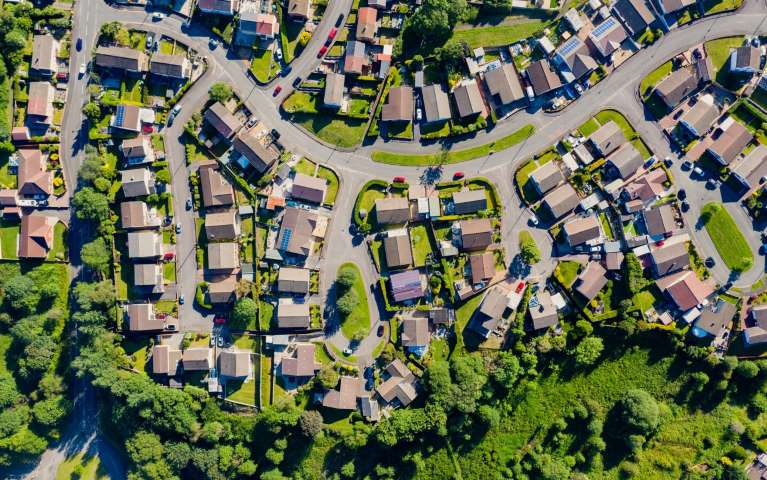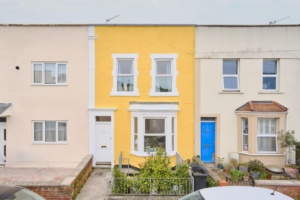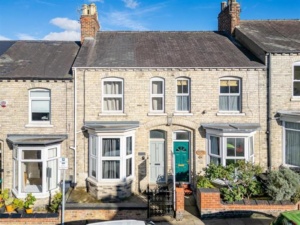Government confirms EPC rating C required for rental homes by 2030
In 2024, the new Labour government laid out its plans for the future of energy efficiency standards for rental homes.
With the aim of “lifting up to half a million households out of fuel poverty”, a requirement will be introduced for all rental properties to reach an Energy Performance Certificate (EPC) rating of C by 2030. This is an increase from the current minimum EPC standard of E.
These measures form part of the government’s Plan for Change strategy, which aims to improve standards in rental homes, and reduce energy costs.
In the past week, more details have been shared around how this will be achieved.
Landlords will be able to choose how they meet these energy-efficiency standards. The proposed measures include things like installing or improving energy-saving features such as insulation, and double glazing. It’s estimated this could save tenants around £240 a year on energy bills.
The government will also set an improvement “cost cap” for landlords of £15,000 per home, which has increased from the previous proposed cap of £10,000. Government support available to landlords includes grants like the Boiler Upgrade Scheme.
Read more about energy grants and schemes available to households.
Almost 3 million rental homes will need to be upgraded to meet a C rating
The benefits of going greener at home include things like lower energy bills, and a reduced carbon footprint. But the pathway to a greener home can be complex, with cost remaining the biggest barrier to people who’re thinking about making changes.
Our 2024 Greener Homes Report, took an in-depth look at people’s feelings about, as well as the progress being made towards greener, more sustainable housing.
Our analysis shows that 2.9 million rental homes need to be upgraded if they’re to meet the new government target of a ‘C’ Energy Performance Certificate (EPC) rating by 2030.
In our survey, we asked landlords how they felt about the new government targets, and half of them (50%) told us that they’re concerned about the possibility of fines being imposed if they’re unable to make the changes within the current timeframe.
This could mean that some landlords may decide to sell their properties ahead of the 2030 deadline. And for those that do make the changes, they could end up passing these costs onto their tenants through rent increases.
Our property expert, Tim Bannister, said: “In the rental market, through discussions with agents and our research, we know landlords want to provide comfortable, energy-efficient homes, but green upgrades can be costly. For landlords of lower-value properties, the financial returns may not always justify the investment.”
What can be done to help households make green upgrades?
Labour’s Warmer Homes Plan pledges £6.6 billion in funding towards upgrading homes ranked below a C. However, this is nowhere near the £23.4 billion we estimate is needed for upgrading existing rental homes.
We highlighted some measures in our Rightmove Green Homes Report that we believe would help towards meeting these targets, and would in turn benefit both renters and landlords. These include:
- Designing a package of support for home-owners and landlords across the ‘mass market’ (for example, properties under £400,000) to make green upgrades, through grants or low-interest, long-term loans. Our research found that homes under £400,000 are the least likely to have had green upgrades made already
- Allowing landlords to offset the costs of energy-efficiency improvements against income tax in the year the costs are incurred, rather than against capital gains tax when the property is sold
- Introducing stamp duty rebates if a new buyer makes green improvements in the first few years of purchase. We suggested this change last year and still think it could be successful in helping motivate people to make changes
- Encouraging mortgage lenders to continue investing in innovation in the green mortgages space, so that new products and awareness of them generates wider mass appeal
You can read more about the challenges and progress made towards going greener in our full report, as well as insights from our in-house and industry experts.
Read more about EPC requirements for landlords and rental homes here. Or head to our Greener Homes hub to learn more about ways to make your home more energy efficient.



